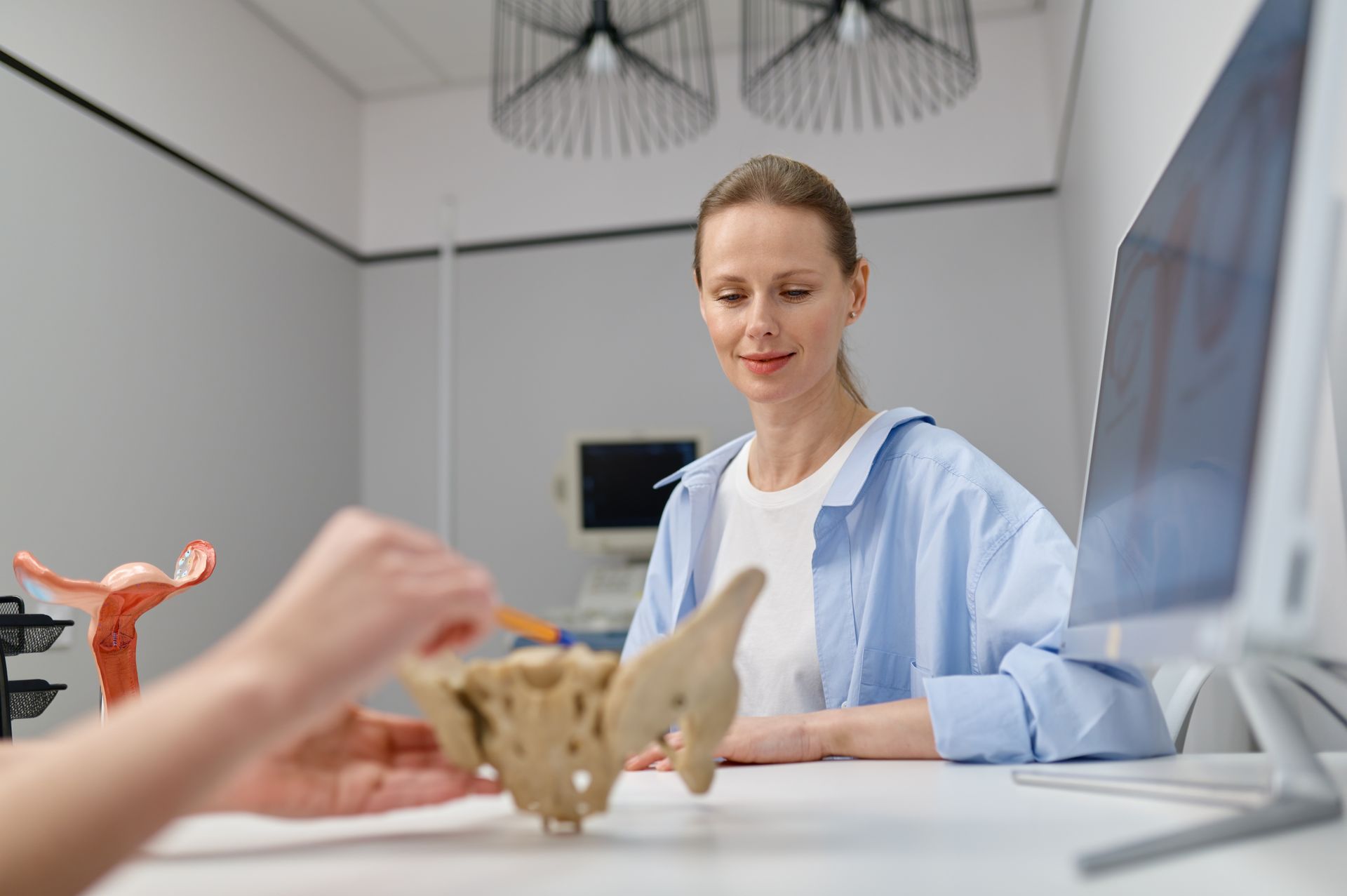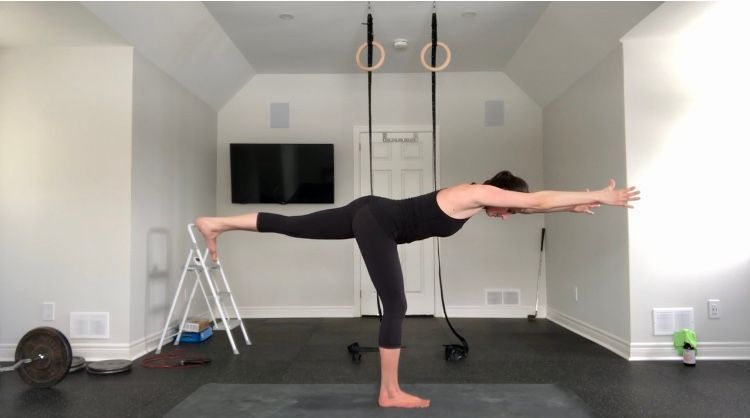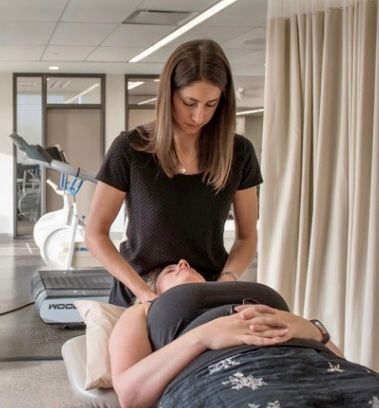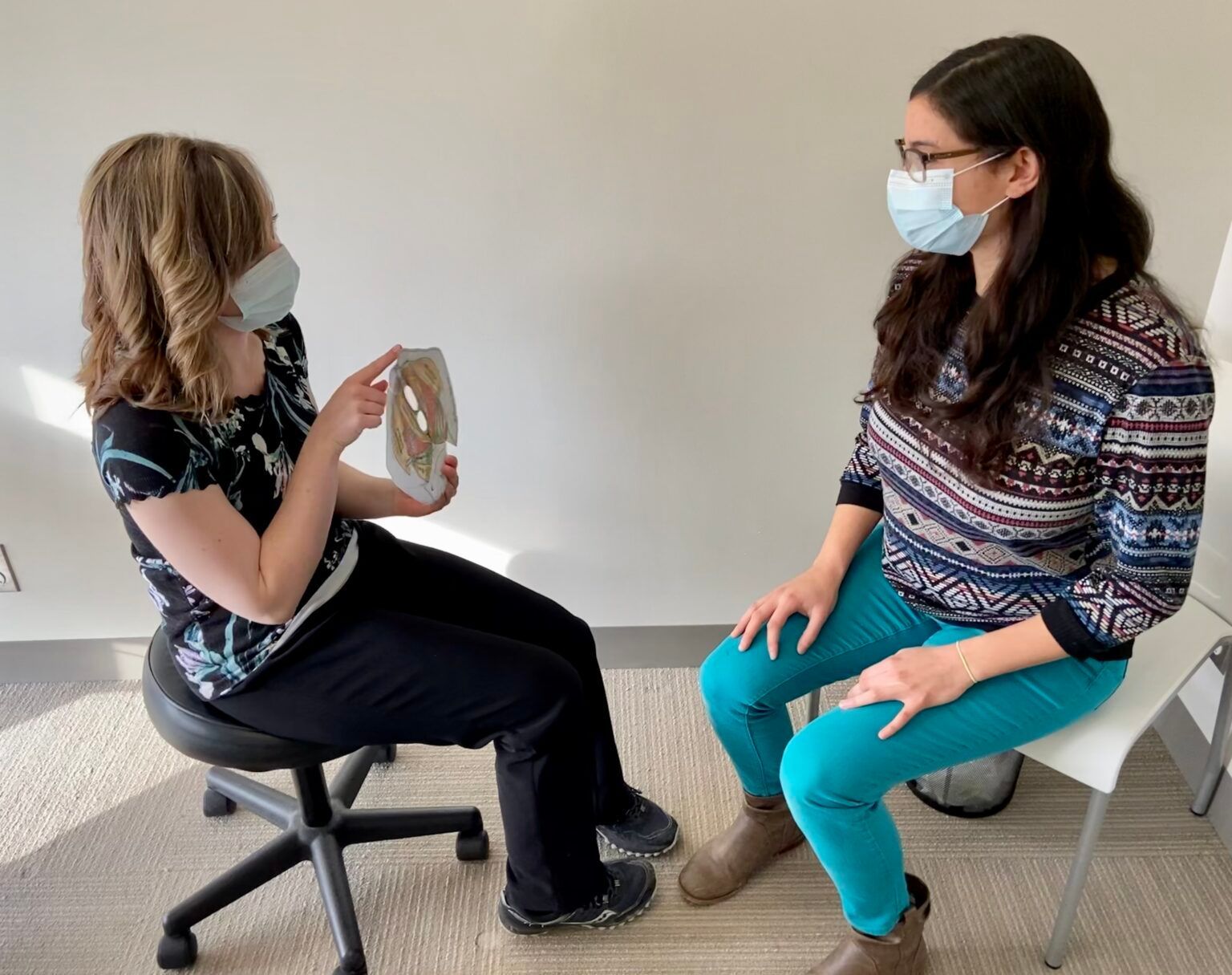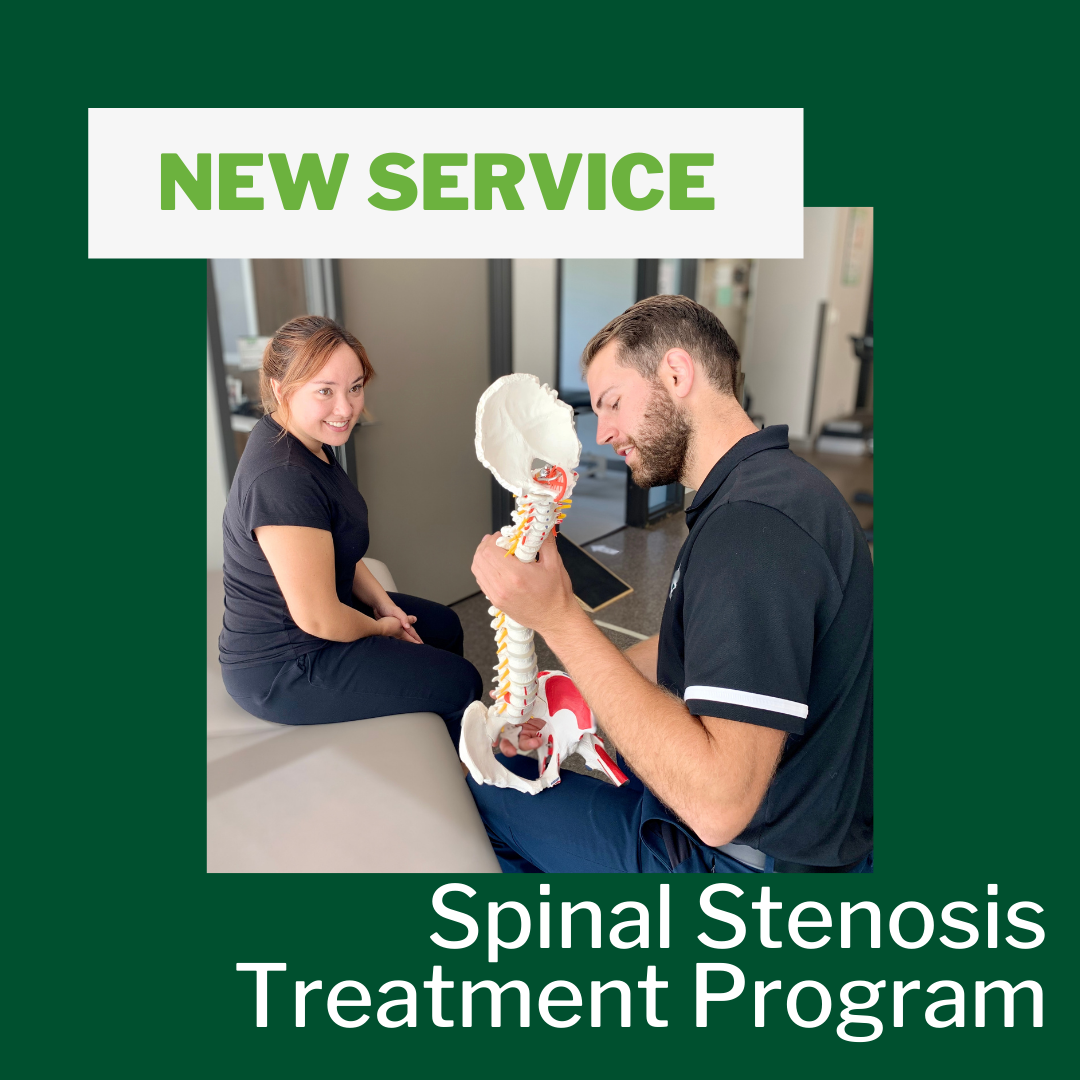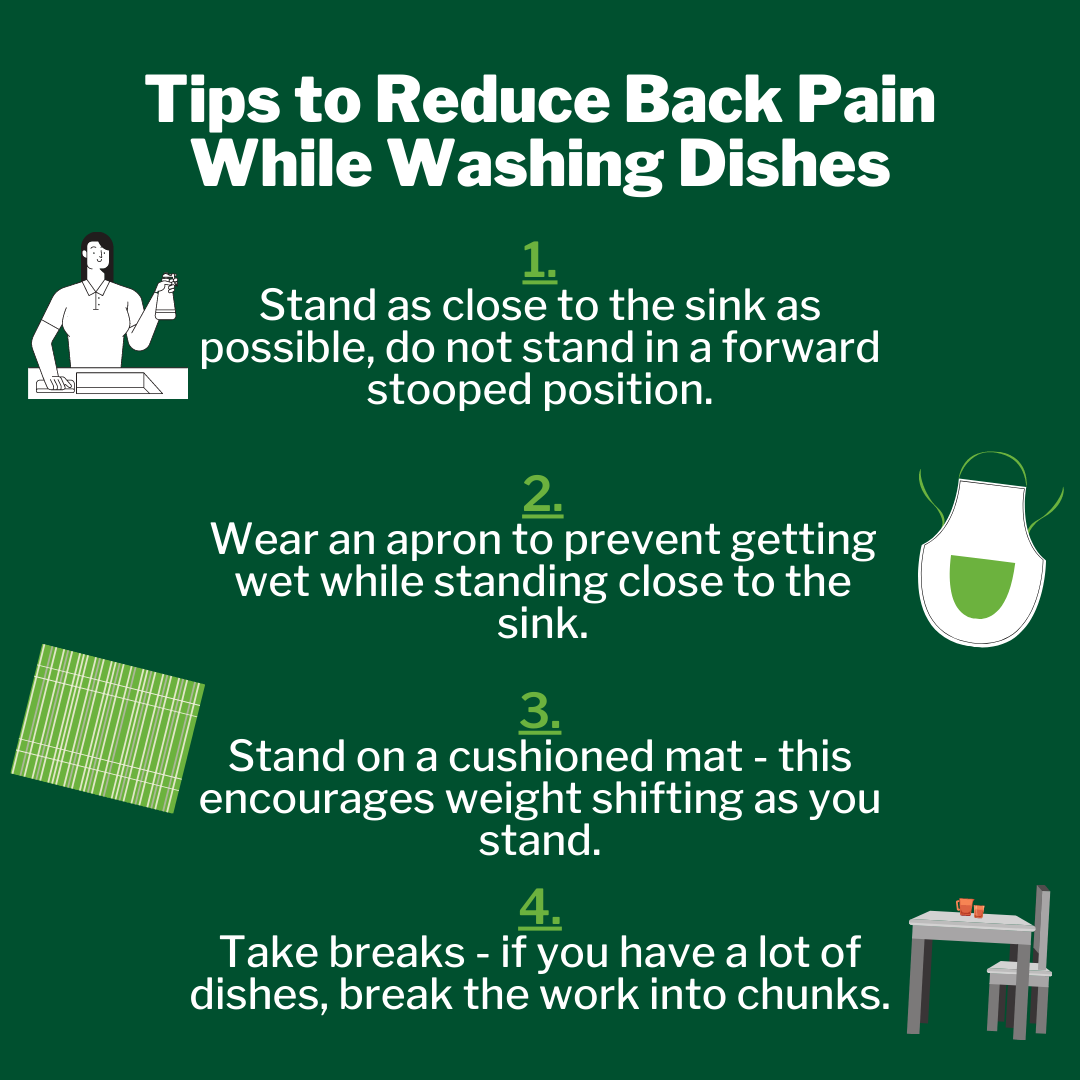Address
Get in touch
Call: (705) 741-4758
Email : info@trenthealthinmotion.ca
Follow us
Business Hours
- Mon - Thu
- -
- Friday
- -
- Sat - Sun
- Closed
Promoting our personal training / clinical conditioning services. Book a consultation with our certified personal trainer !
Refer a friend and save on your next personal training session! Learn more here!
Trent Health in Motion – Trent Athletics Centre, 1600 West Bank Drive, Peterborough
Call Us: (705) 741-4758 or Book Online
Have a question for one of our health professionals?

A Centre for Health Excellence, Trent Health in Motion is a private multidisciplinary clinic that is unique to the Peterborough area in terms of the wide range of health services available as well as the state of the art facility. We offer physiotherapy, pelvic health physiotherapy, chiropractic, massage therapy, pool/hydrotherapy, kinesiology, dietitian, sports medicine, and on-site sports event coverage.
705-748-2139
Clinic Services
Clinic Hours
Monday 8:00 AM — 7:00 PM
Tuesday 8:00 AM — 7:00 PM
Wednesday 8:00 AM — 7:00 PM
Thursday 8:00 AM — 7:00 PM
Friday 8:00 AM — 5:00 PM
Saturday Closed
Sunday Closed
© 2023 — Trent Health In Motion, Peterborough, ON | Privacy Policy



